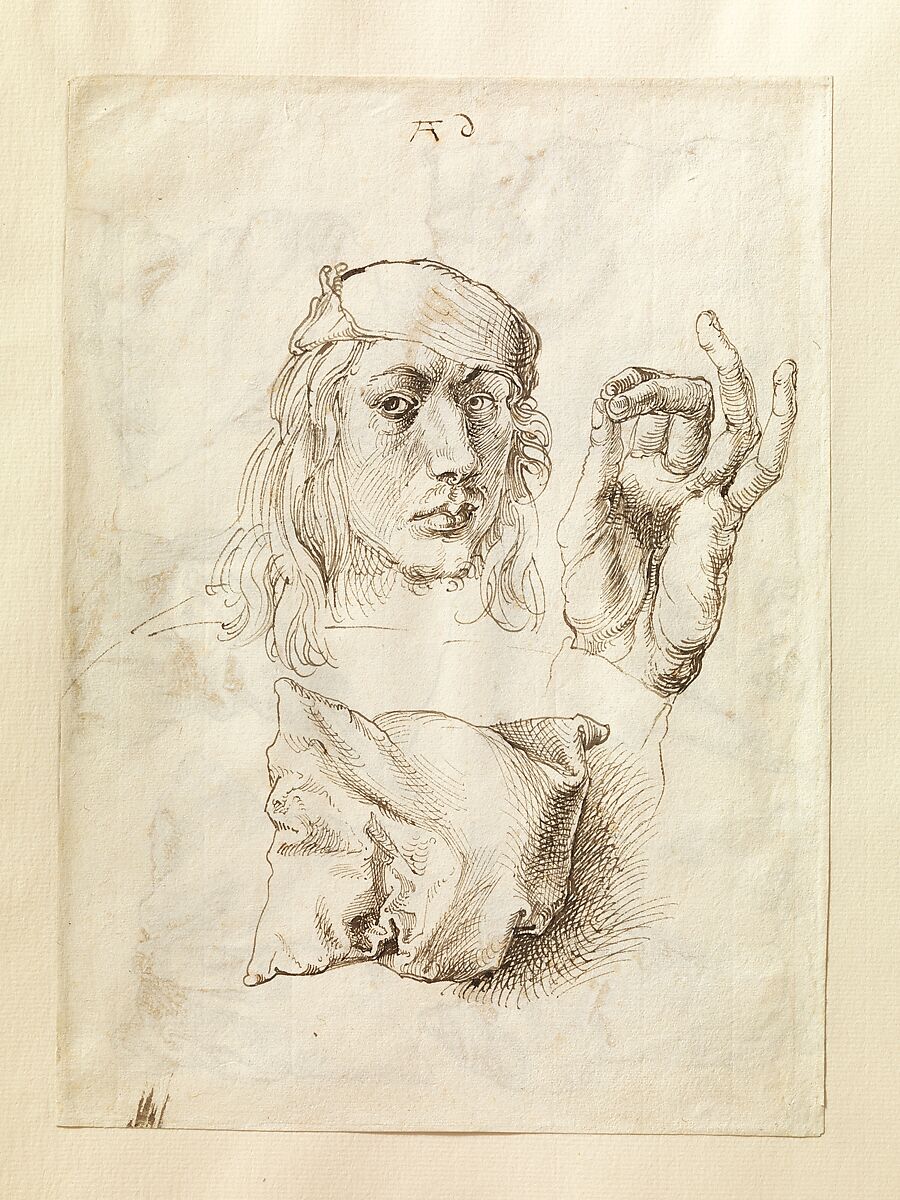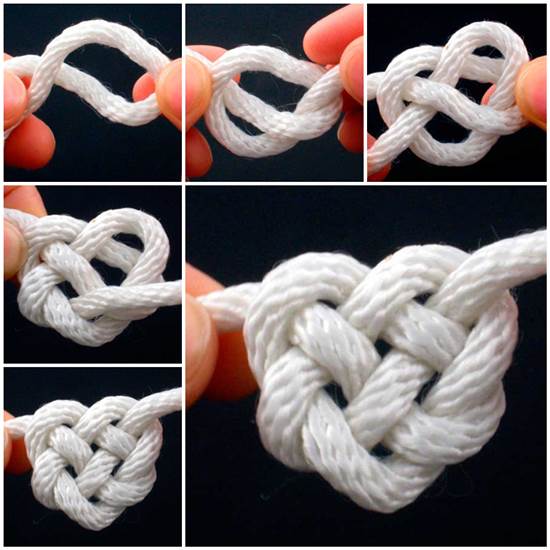GRADES 1-3 DAILY "BELL WORK" FOR WEEK EIGHT
Claude Monet
Study of Five Boys
(1864)
Claude Monet
Vase de Pavots (Purple Poppies--1883)https://www.boijmans.nl/en/collection/artists/12499/claude-monet
UPCOMING "BELL WORK" FOR WEEK NINE
All students complete "bell work" at the start of each class before any other instructions are given. As soon as students are seated, they are to immediately put pencil to paper and begin drawing the image projected before them; no questions, no comments; no distractions.
****(Kinder will begin doing bell work near the end of second quarter)
All attention is focused on looking carefully and recording what students SEE.
This is SILENT work time. Students are working independently, although I often interject with some guidance and state simple parameters. Students are graded primarily on their efforts and participation, not entirely on the outcome of their drawing.
After drawing, we have a brief class discussion to learn more about the artwork. We make some guesses at to what the work may be about; what the story may be behind the work. We THINK about how the artist used line, color, shapes, etc. to communicate meaning and emotion. We discuss how we may not all respond to the art work in the same way.
The final step in our Bell Work exercise is to ask ourselves more questions about the art work. We WONDER what the artist intended to communicate. This is where Ms. Northway may need to do some research to share what she learned about the artist and her/his life experiences.
I typically show students three artworks by the same artist. In this way, they become familiar with the style of a particular artist, and often can recall the artist's name. All of the children's drawings will be glued into small weekly/bi-weekly books to bring home.
PLEASE KEEP YOUR CHILD'S WEEKLY BOOKS IN A SAFE PLACE (and ordered in a BIG 3 RING BINDER) SO YOU CAN SEE GROWTH THROUGHOUT THE YEAR.
K-3 PROJECTS: WEEK 8
After bell work, students use sketchbooks for more extensive, ongoing projects.
KINDER
Project: Scholar's Rock and Drawings inspired by Chinese Landscape Paintings
A garden without Scholars' Rocks cannot be beautiful and a room without a Scholars' Rock lacks elegance.
-- Chinese Saying
Elements of Art - Line, Shape, Form


Project: Scholar's Rock and Drawings inspired by Chinese Landscape Paintings
A garden without Scholars' Rocks cannot be beautiful and a room without a Scholars' Rock lacks elegance.
-- Chinese Saying
Elements of Art - Line, Shape, Form
The lesson began by drawing an image of a Scholars' Rocks projected on the whiteboard. As students drew, I asked them to imagine that they were looking at a mountain and themselves small enough to walk around and over the mountain.
Students were then given a small rock and a ball of air dry clay in which to model a base for their own Scholars' rock (river rocks courtesy of the masonry/landscape business across from Northern Oaks).
The rocks were pushed into the small piece of clay and students were given a small wooden stick to model the sides of the base into neat, vertical walls.
Images were shown of the Great Wall of China, Chinese landscape and Chinese landscape paintings.
We will begin drawing our Scholars' Rocks next week. After all details of the surface (markings such as small cracks and holes) have been recorded, students will add more details such as trees, rivers and small houses that they observe in the ancient landscape paintings from China.
Project: Self-Portraits
Elements of Art - Space (proportion)
Students have been working on dividing the face into proportions. For example, the face is approximately "five eyes wide" and at the half way point vertically.
I provided oval shaped templates for them to trace and we drew facial features in the accurate place. When drawing noses and mouths, I asked students to use a finger to trace the edges and contours of their own features, before drawing, in order to make a "mental map" of the line direction.
This exercise was more challenging for many of the first graders than I had expected. However, I want to teach them to think of drawing as a fully sensory experience. This is a difficult and new concept for young students. I think they will enjoy the coming week when we use mirrors, markers and paint to complete their drawings.

Sofonisba Anguisola - Self-Portrait

Proportions of the Face

Students have been working on dividing the face into proportions. For example, the face is approximately "five eyes wide" and at the half way point vertically.
I provided oval shaped templates for them to trace and we drew facial features in the accurate place. When drawing noses and mouths, I asked students to use a finger to trace the edges and contours of their own features, before drawing, in order to make a "mental map" of the line direction.
This exercise was more challenging for many of the first graders than I had expected. However, I want to teach them to think of drawing as a fully sensory experience. This is a difficult and new concept for young students. I think they will enjoy the coming week when we use mirrors, markers and paint to complete their drawings.
Sofonisba Anguisola - Self-Portrait
Proportions of the Face

Iris, the Greek Goddess of the rainbow and messenger of the gods.
When drawing eyes, students looked at their neighbors eyes: Learning the names iris and pupil.
GRADE 2
Project: Oil pastel butterflies
Project: Oil pastel butterflies
Elements of Art - Line, Shape, Color, Space
We are continuing to fill in the butterfly shapes with oil pastels. Once complete, they will be cut out and a black backing glued on. Every butterfly will be attached to thread and hung from ceiling of my classroom.
Second graders did this last year as well and I love the idea of this being THE second grade project that the first graders look forward to doing. They are just lovely to look at as they slowly turn in the breeze of the air-conditioning ;)
Second graders did this last year as well and I love the idea of this being THE second grade project that the first graders look forward to doing. They are just lovely to look at as they slowly turn in the breeze of the air-conditioning ;)

Andy Warhol
Butterflies (1955)
https://www.tate.org.uk/art/artworks/warhol-happy-butterfly-day-ar00249
National Butterfly Center - Mission, Texas
https://www.nationalbutterflycenter.org/about-nbc/history
Butterflies (1955)
https://www.tate.org.uk/art/artworks/warhol-happy-butterfly-day-ar00249
National Butterfly Center - Mission, Texas
https://www.nationalbutterflycenter.org/about-nbc/history
GRADE 3
Project: Hand Study Holding a Shell; Contour Rose Drawing
Project: Hand Study Holding a Shell; Contour Rose Drawing
Elements of Art - Line
Tuesday and Wednesday, students continued to work on Blind Contour Drawings of their hand, but this time, holding a small shell.

Albrecht Dürer
Self-portrait, Study of a Hand and a Pillow (recto); Six Studies of Pillows( Verso)
1493
https://www.metmuseum.org/art/collection/search/459214
https://www.khanacademy.org/humanities/renaissance-reformation/northern/durer/v/tipping-point
On Thursday and Friday, students used their freshly honed, blind contour drawing skills to draw a rose. Each of the eleven tables in my class had a rose to draw. (one rose for three students at a table).
I paced nervously as they began, hoping that all of our drawing studies were going to pay off......and they did! They did a fantastic job.
Blind contour drawing is a really difficult concept to grasp at first. I kept reminding them that this would be the first thing they would learn in a college level drawing course.
I'm so proud of them. :)
Albrecht Dürer
Self-portrait, Study of a Hand and a Pillow (recto); Six Studies of Pillows( Verso)
1493
https://www.metmuseum.org/art/collection/search/459214
https://www.khanacademy.org/humanities/renaissance-reformation/northern/durer/v/tipping-point
On Thursday and Friday, students used their freshly honed, blind contour drawing skills to draw a rose. Each of the eleven tables in my class had a rose to draw. (one rose for three students at a table).
I paced nervously as they began, hoping that all of our drawing studies were going to pay off......and they did! They did a fantastic job.
Blind contour drawing is a really difficult concept to grasp at first. I kept reminding them that this would be the first thing they would learn in a college level drawing course.
I'm so proud of them. :)
Henri Matisse
Roses
Upcoming for Week 9:
Heraldic knot tying and contour drawing:
Link to Celtic Heart Video Tutorial:


No comments:
Post a Comment